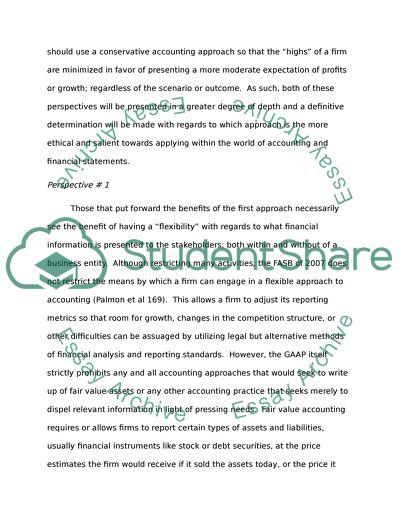Cite this document
(“The Valuation of Assets (and/or Liabilities) in Financial Reporting An Essay”, n.d.)
Retrieved from https://studentshare.org/finance-accounting/1483754-the-valuation-of-assets-andor-liabilities-in-financial-reporting-an-ethical-question
Retrieved from https://studentshare.org/finance-accounting/1483754-the-valuation-of-assets-andor-liabilities-in-financial-reporting-an-ethical-question
(The Valuation of Assets (and/Or Liabilities) in Financial Reporting An Essay)
https://studentshare.org/finance-accounting/1483754-the-valuation-of-assets-andor-liabilities-in-financial-reporting-an-ethical-question.
https://studentshare.org/finance-accounting/1483754-the-valuation-of-assets-andor-liabilities-in-financial-reporting-an-ethical-question.
“The Valuation of Assets (and/Or Liabilities) in Financial Reporting An Essay”, n.d. https://studentshare.org/finance-accounting/1483754-the-valuation-of-assets-andor-liabilities-in-financial-reporting-an-ethical-question.


